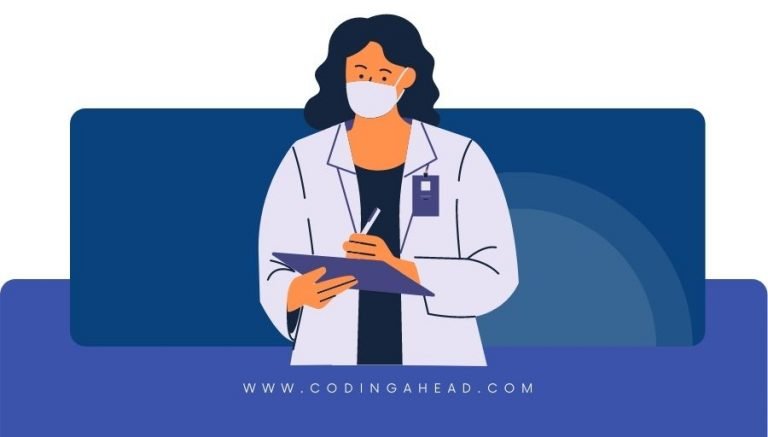How To Use CPT Code 88237
CPT 88237 describes the procedure for tissue culture in neoplastic disorders involving bone marrow or blood cells. This article will cover the official description, procedure, qualifying circumstances, appropriate usage, documentation requirements, billing guidelines, historical information, similar codes and billing examples.
1. What is CPT Code 88237?
CPT 88237 can be used to describe the procedure performed by a lab analyst to culture bone marrow or blood cells in neoplastic disorders. This code is used when the analyst transfers the patient’s sample to a flask containing substances that promote cell reproduction and incubates it for a few days. The cells are then ready for further testing, such as flow cytometry.
2. Official Description
The official description of CPT code 88237 is: ‘Tissue culture for neoplastic disorders; bone marrow, blood cells.’
3. Procedure
- The lab analyst receives the patient’s blood or bone marrow sample.
- The sample is transferred to a flask containing substances that stimulate cell reproduction.
- The flask is incubated for approximately three to four days at 37 degrees C.
- During this time, the cells multiply, and the chromosomes in the nucleus become visible for further testing.
- The cultured cells are then ready for additional analysis, such as flow cytometry.
4. Qualifying circumstances
CPT 88237 is typically ordered when there is a need to increase and process blood or bone marrow cells for testing in neoplastic conditions, such as chronic lymphocytic leukemia (CLL) or multiple myeloma. It is not limited to specific conditions, but rather used to culture cells for further analysis in neoplastic disorders.
5. When to use CPT code 88237
CPT code 88237 should be used when a lab analyst performs tissue culture on bone marrow or blood cells for neoplastic disorders. It is important to note that this code is specific to the tissue culture procedure and should not be used for other types of tests or analyses.
6. Documentation requirements
To support a claim for CPT 88237, the documentation should include:
- Reason for ordering the tissue culture procedure
- Details of the specific neoplastic disorder being investigated
- Date and time of the procedure
- Results of the tissue culture, including any observations or abnormalities
- Signature of the lab analyst performing the procedure
7. Billing guidelines
When billing for CPT 88237, ensure that the procedure is performed by a qualified lab analyst and that it involves tissue culture for neoplastic disorders. It is important to follow the specific guidelines for reporting this code and to avoid reporting it with other unrelated codes. Additionally, consider any applicable modifiers or special billing requirements based on the payer’s guidelines.
8. Historical information
CPT 88237 was added to the Current Procedural Terminology system on January 1, 1990. There have been no updates or changes to the code since its addition.
9. Examples
- A lab analyst performing tissue culture on bone marrow cells from a patient with chronic lymphocytic leukemia.
- Tissue culture of blood cells from a patient with multiple myeloma for further analysis.
- Culturing bone marrow cells from a patient with suspected neoplastic disorder for chromosome analysis.
- Processing blood cells from a patient with a solid tumor for primary culture.
- Tissue culture of bone marrow cells from a patient with an undiagnosed neoplastic disorder.
- Culturing blood cells from a patient with suspected neoplastic disorder for genomic hybridization analysis.
- Tissue culture of bone marrow cells from a patient with a rare neoplastic disorder.
- Processing blood cells from a patient with a suspected neoplastic disorder for fibroblast culture.
- Culturing bone marrow cells from a patient with a solid tumor for further investigation.
- Tissue culture of blood cells from a patient with a neoplastic disorder for chromosome analysis.



